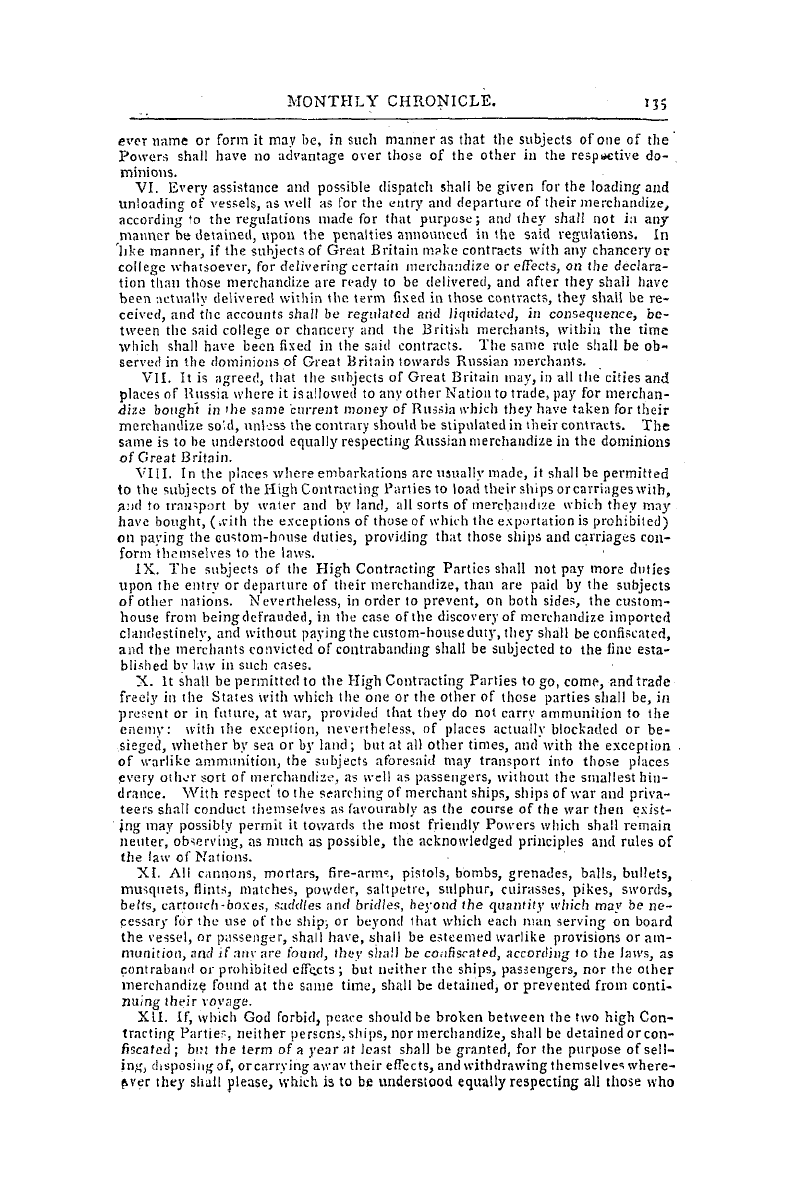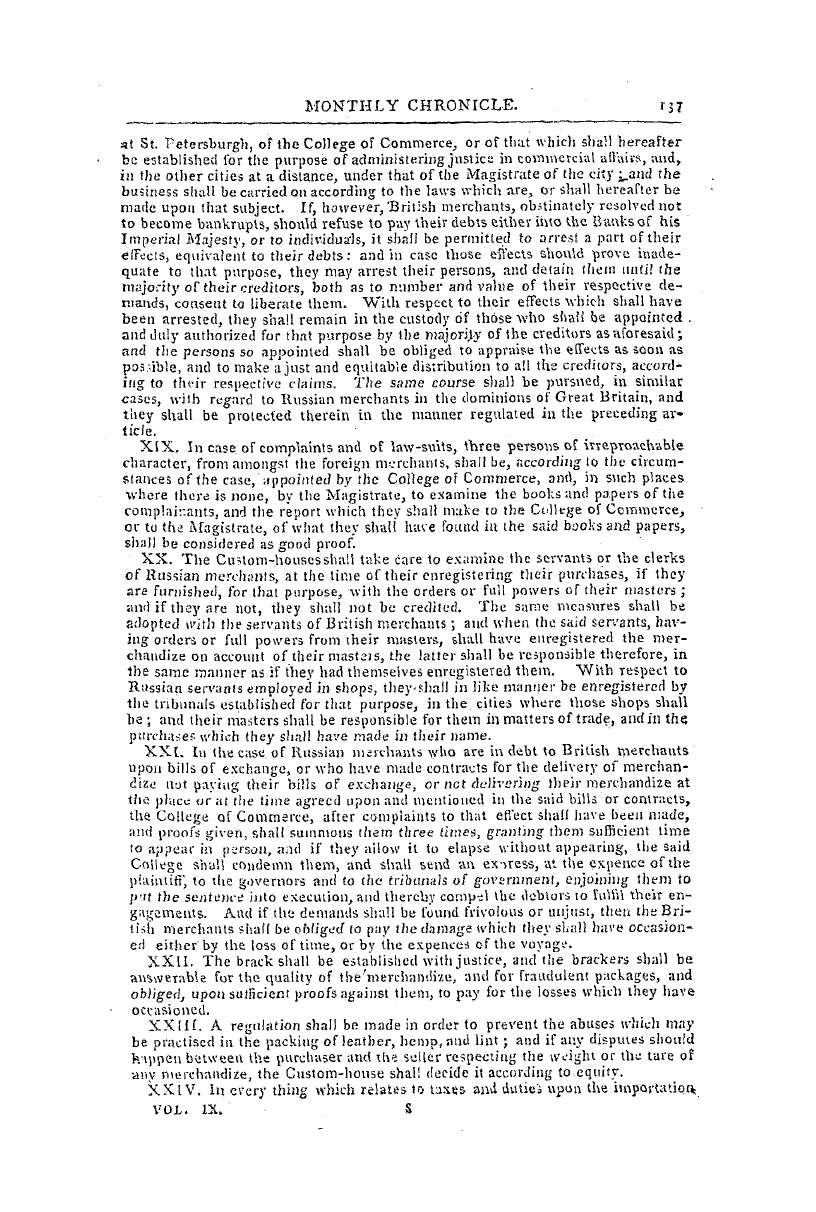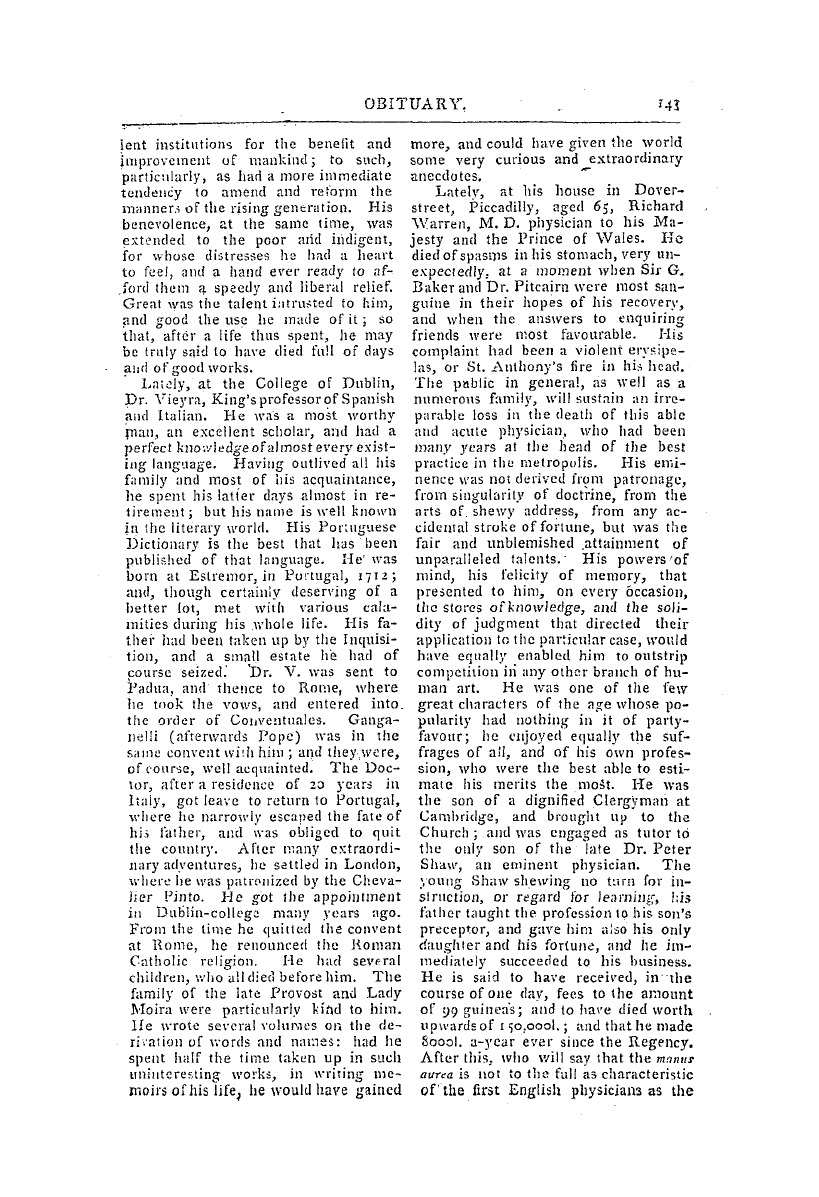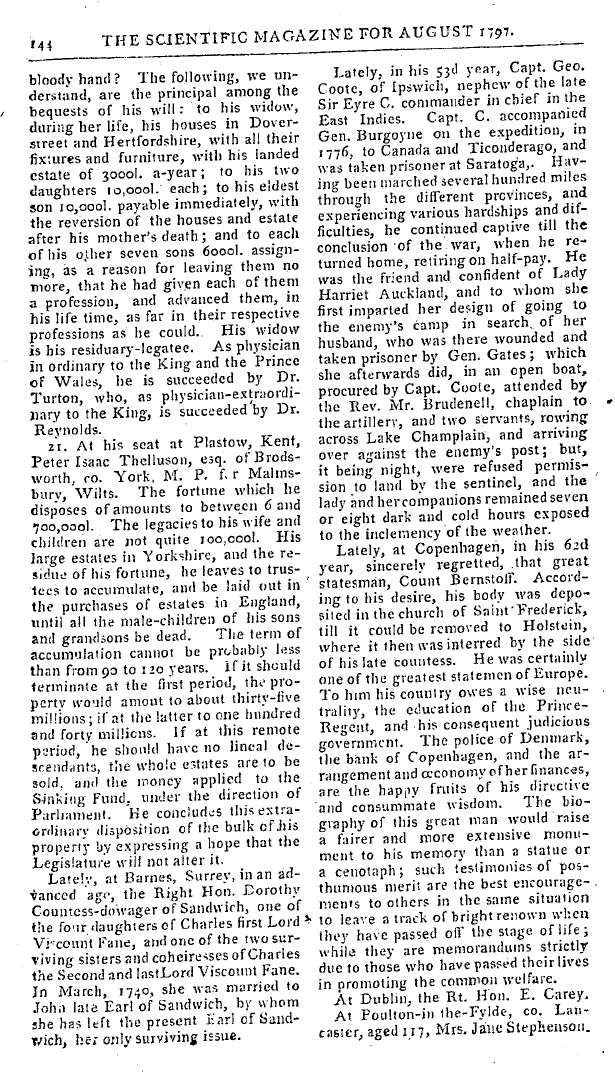-
Articles/Ads
Article A BRIEF SYSTEM OF CONCHOLOGY. ← Page 2 of 4 →
Note: This text has been automatically extracted via Optical Character Recognition (OCR) software.
A Brief System Of Conchology.
lata regia , ' the royal tellina . ' We have a small species of burcintun common in our fresh waters , which is very elegant , and always has us operculum in the manner of the larger buccina ; a small kind of muscle is also very common , which is so extremel y thin and tender , tint it can hardly be handled without breaking to pieces The large hesh * ater muscle , commonl y called in England the borse-mvscleis too well known to need descri
, a ption ; and the size sufficiently distinguishes it from all other fresh -water shells . In collecting shells , it is most advisable , whenever it can be done to get . those which have in them the living animals ; because we Shall thus obtain the natural history of the animals , and the shells themselves in their natural beautyand the full low of their colours
, g . blieUs should be also procured from the deeper parts of their resorts and immediately after storms on the sea beaches and shores ; because ' bv being much exposed to the sun , their colours fade , and they are liable to other accidents that injure them . In order to kill the " fish that inhabits them , Mr . Da Costa advises to give them a quick dip in boiling water , and when they are cooled , to lay them in cold wife * till they cleaned and
are ; in this operation they should not be touched with aquafortis , or any other acid , nor exposed to the heat of the fire or sun . The art of polishing shells arrived but lately at its present state of perfection ; and as the love of sea shells is become so common among us , it may not be disagreeable to the reader to find some instructions in executing so pleasing a method of adding to their natural beauty the rules for which are at present so little known , though the effect of them be so much esteemed .
Among the immense variety of shells which we are acquainted with , some are taken up out of the sea , or found on its shores in all their perfection and beauty ; their colours being all spread by nature upon the surface , and their natural polish superior to anything that art could give . Where nature is in herself thus perfect , it were madness to attempt to add any thing to her charms : but in others , where the beauties latent and covered
are with a coarser outer skin , art is to be called in ; and the outer veil being taken off ; all the internal beauties appear . Among the shells which are found naturally polished , are the porcelains , or cowries ; the cassanders ; the dol ' ia , or conchae globosa ? , or tuns ; some buccina , the volutes , and the cylinders , or olives or a < = they generall h
are y , thougimproperly , called , the rhombi ; exceotlng only two or three , as the tiara , the plumb , and the butter-tub rhombus , where there is an unpromising film on the surface , hid ' inoa very great share of beauty within . Though the generality of the shells of these genera are taken out of the sea in all their beautv , and in their utmost natural polishthere several other in vhich
, are genera , r . all or most of the species are taken up naturally rough and foul , and covered with an epidermis , or coarse outer skin , which is in many rough and downy or hairy . The telline , the muscles , the cochlese . and many others , are of this kind . The more nice collectors , as naturalists , insist upon having all their shells in their native and genuine appearance , as theyare found when living at sea ; but ladies , who make
Note: This text has been automatically extracted via Optical Character Recognition (OCR) software.
A Brief System Of Conchology.
lata regia , ' the royal tellina . ' We have a small species of burcintun common in our fresh waters , which is very elegant , and always has us operculum in the manner of the larger buccina ; a small kind of muscle is also very common , which is so extremel y thin and tender , tint it can hardly be handled without breaking to pieces The large hesh * ater muscle , commonl y called in England the borse-mvscleis too well known to need descri
, a ption ; and the size sufficiently distinguishes it from all other fresh -water shells . In collecting shells , it is most advisable , whenever it can be done to get . those which have in them the living animals ; because we Shall thus obtain the natural history of the animals , and the shells themselves in their natural beautyand the full low of their colours
, g . blieUs should be also procured from the deeper parts of their resorts and immediately after storms on the sea beaches and shores ; because ' bv being much exposed to the sun , their colours fade , and they are liable to other accidents that injure them . In order to kill the " fish that inhabits them , Mr . Da Costa advises to give them a quick dip in boiling water , and when they are cooled , to lay them in cold wife * till they cleaned and
are ; in this operation they should not be touched with aquafortis , or any other acid , nor exposed to the heat of the fire or sun . The art of polishing shells arrived but lately at its present state of perfection ; and as the love of sea shells is become so common among us , it may not be disagreeable to the reader to find some instructions in executing so pleasing a method of adding to their natural beauty the rules for which are at present so little known , though the effect of them be so much esteemed .
Among the immense variety of shells which we are acquainted with , some are taken up out of the sea , or found on its shores in all their perfection and beauty ; their colours being all spread by nature upon the surface , and their natural polish superior to anything that art could give . Where nature is in herself thus perfect , it were madness to attempt to add any thing to her charms : but in others , where the beauties latent and covered
are with a coarser outer skin , art is to be called in ; and the outer veil being taken off ; all the internal beauties appear . Among the shells which are found naturally polished , are the porcelains , or cowries ; the cassanders ; the dol ' ia , or conchae globosa ? , or tuns ; some buccina , the volutes , and the cylinders , or olives or a < = they generall h
are y , thougimproperly , called , the rhombi ; exceotlng only two or three , as the tiara , the plumb , and the butter-tub rhombus , where there is an unpromising film on the surface , hid ' inoa very great share of beauty within . Though the generality of the shells of these genera are taken out of the sea in all their beautv , and in their utmost natural polishthere several other in vhich
, are genera , r . all or most of the species are taken up naturally rough and foul , and covered with an epidermis , or coarse outer skin , which is in many rough and downy or hairy . The telline , the muscles , the cochlese . and many others , are of this kind . The more nice collectors , as naturalists , insist upon having all their shells in their native and genuine appearance , as theyare found when living at sea ; but ladies , who make








































































